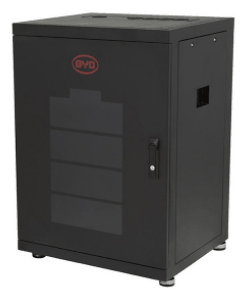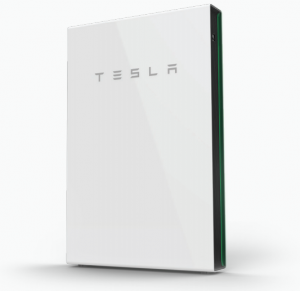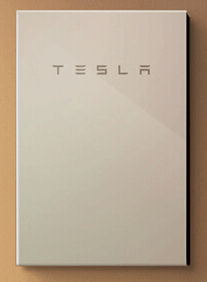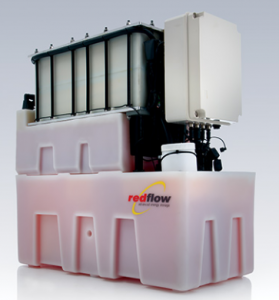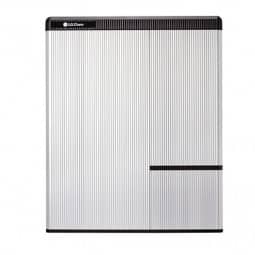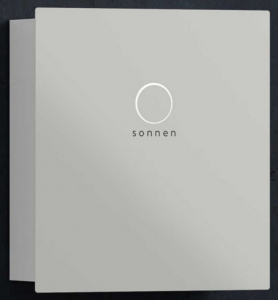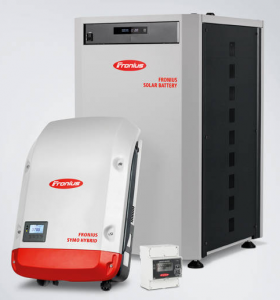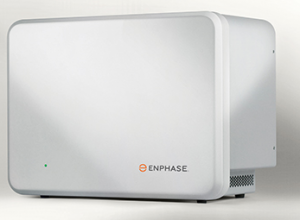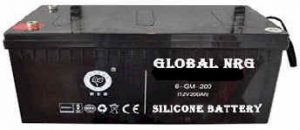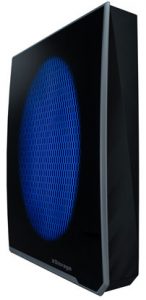The Battery-Box HV is the first real high voltage battery that comes with a flexible and modular design with no cables inside. One Battery-Box HV contains 5 to 9 battery modules B-Plus H 1.28 in series connection and it reaches up to 11.52 kWh usable capacity.
The HV is a modular system, so the parallel connection of up to 5 (the maximum supported) identical Battery-Box HV allows a theoretical maximum capacity of 57.6 kWh. Have a look at the graph below to see how rapidly the company is moving. Fantastic signs for domestic and commercial solar systems alike.
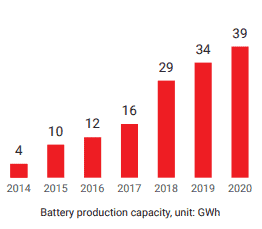
The BYD Battery-Box HV
These high voltage, modular battery boxes are able to carry from 5-9 battery modules inside them, depending on which model you pick. BYD offer a 10 year warranty – we’ve reached out to them for more details (as I understand it they expect 60% capacity after 10 years) so watch this space. The enclosures are IP55 rated and all boast an impressive round trip efficiency of >95%.
BYD Battery Box User Manual
Please click to download the BYD Battery-Box HV User Manual – Battery-Box H 5.1/6.4/7.7/9.0/10.2/11.5(AU)
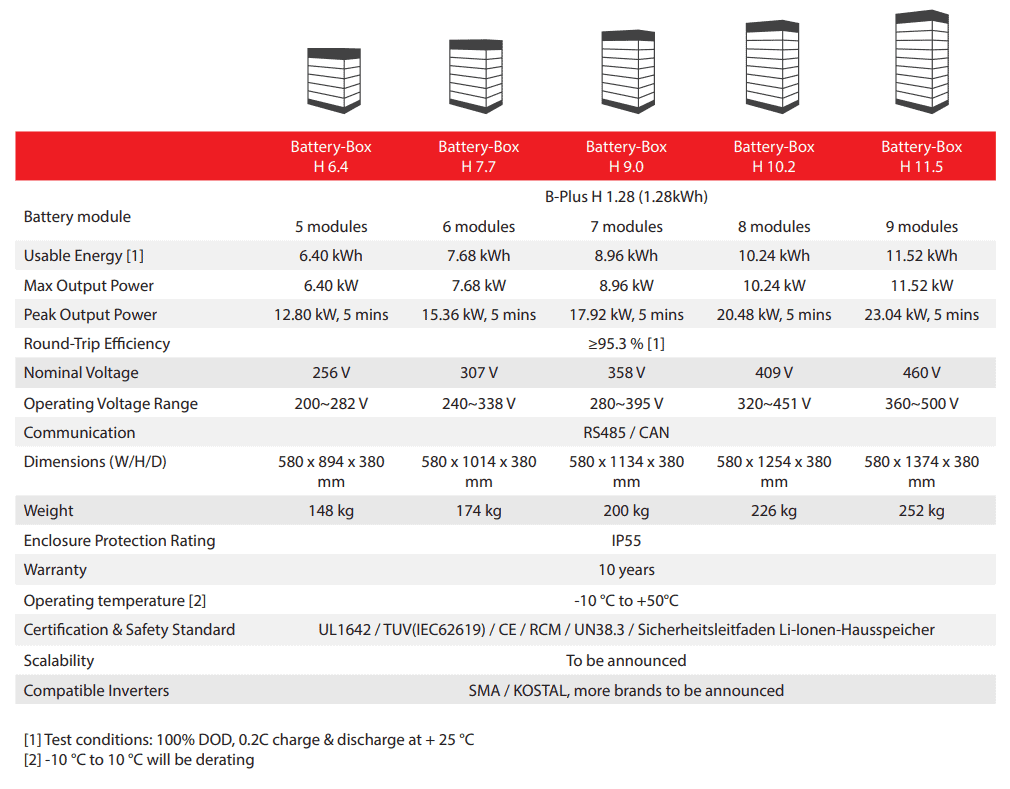
Buy BYD Battery-Box HV in Australia
The prices and landscape for these batteries have been quite up and down over the last few years so we recommend getting in touch with us to make sure you’re getting a good price on your solar investment. Please click here or email us on [email protected] and we’d be happy to help discuss BYD deals and installation in Australia.
BYD Inverters
Learn more about the BYD Battery-Box HV and how it can work with the Fronius Symo Hybrid inverter:
About BYD
BYD Company Ltd. is a leading high-tech multinational company based in Shenzhen, China. Since its establishment in 1995, BYD has developed solid expertise in rechargeable batteries, successfully expanding its renewable energy solutions globally with operations in over 50 countries and regions.
After 23 years’ development, BYD has created a Zero Emissions Energy Ecosystem – affordable solar power generation, reliable energy storage, cutting-edge electrified transportation and a state of the art monorail has made it an industry leader in the energy and transportation sector.
Full disclosure: I don’t currently own any positions with them but BYD is listed on the Hong Kong and Shenzhen Stock Exchange. Also, I’d like to ride that monorail. Anyone fancy a trip to Shenzhen?

